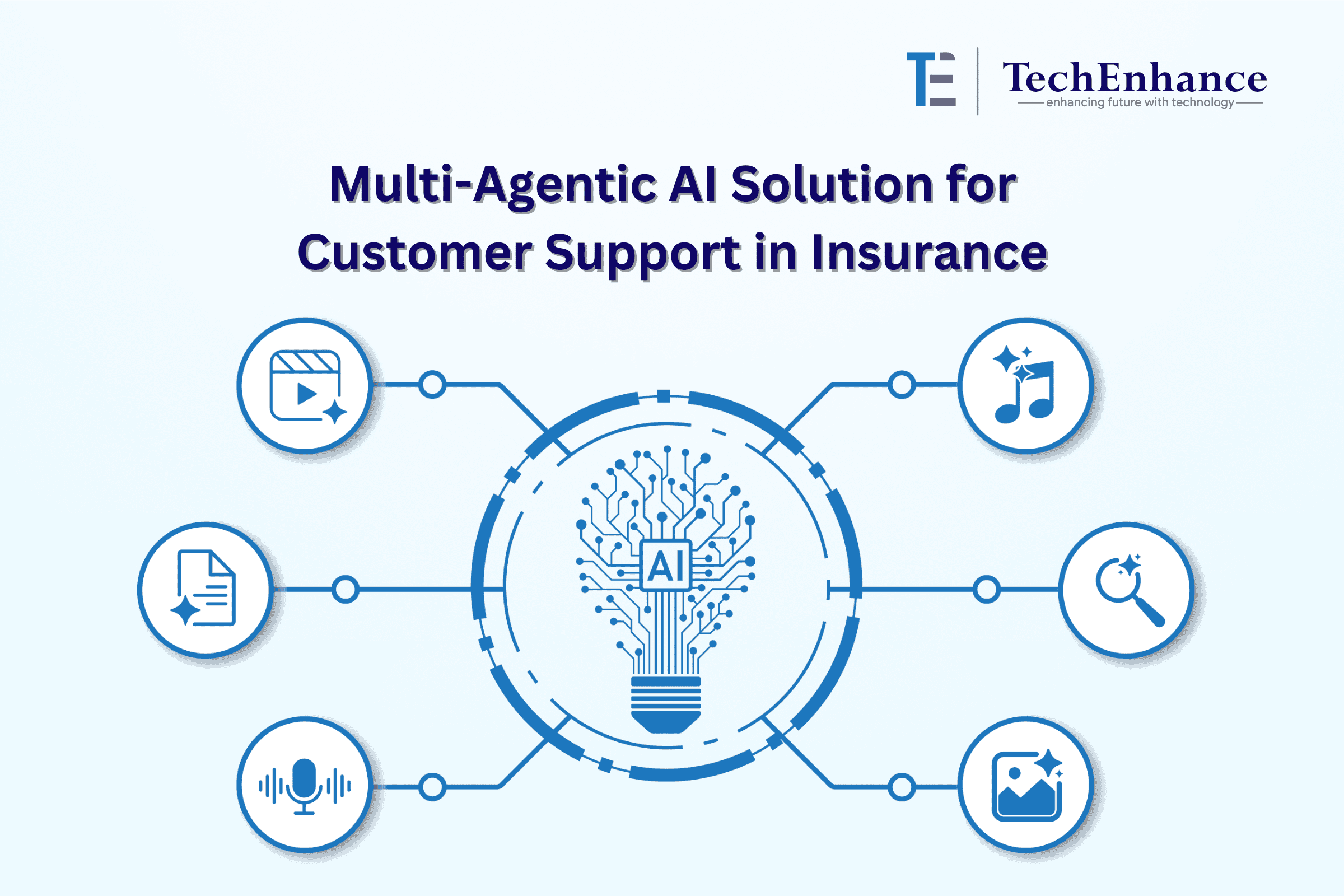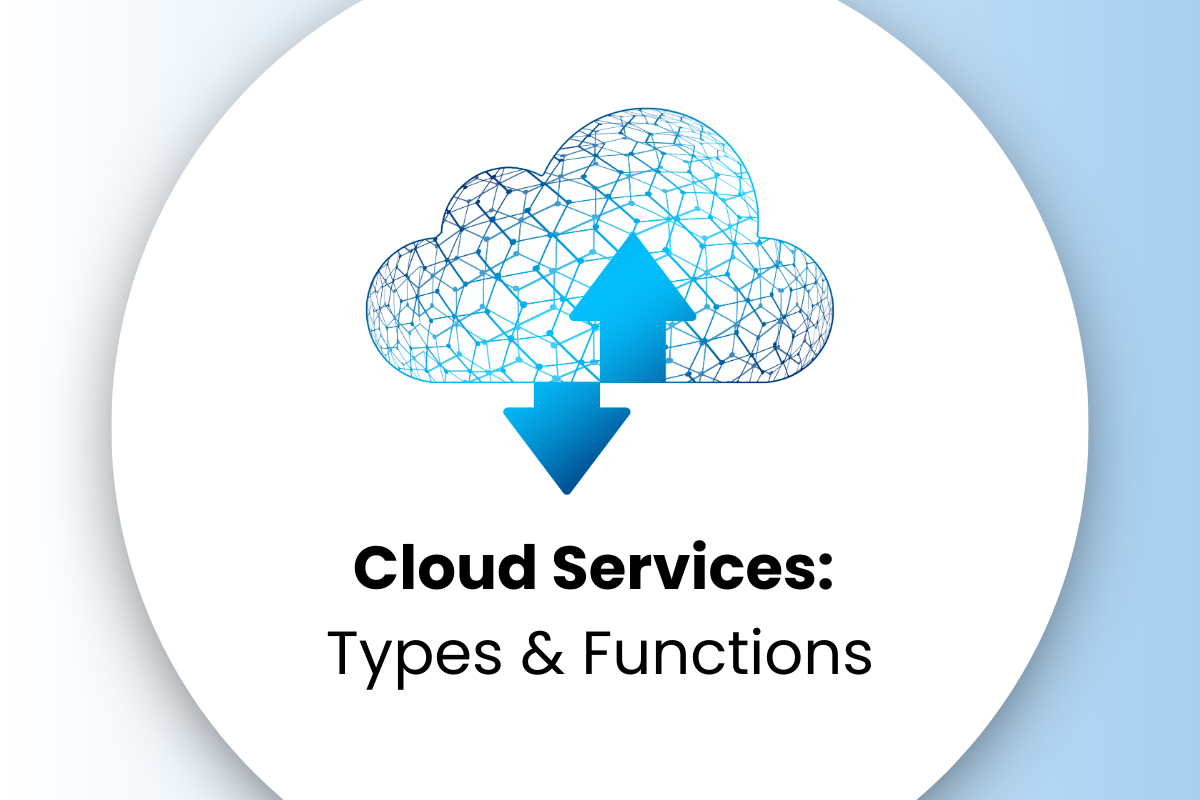Cloud Basics: What Drives Businesses to Migrate Legacy Apps?
- July 20, 2023

Cloud has taken the forefront in today’s fast-paced and digitally-driven world. Organizations are continuously seeking ways to stay ahead of the competition and deliver improved services to their customers. Legacy applications, though once revolutionary, can become bottlenecks that hinder progress due to their rigid infrastructure and outdated technologies. To meet the demands of modern business and unlock the true potential of digital transformation, organizations are increasingly turning to migration as a solution. In this article, we explore the driving factors behind why organizations are choosing to migrate their legacy applications to the cloud.
Cost Efficiency of the cloud
One of the primary reasons organizations opt for cloud migration is the potential for cost efficiency. Legacy applications often require costly hardware maintenance, software updates, and regular infrastructure upgrades. By migrating, organizations can avoid significant capital expenditures, shifting to a pay-as-you-go model that aligns with actual resource usage. This not only reduces overall IT costs but also allows for better budget allocation to drive innovation and growth.
Scalability and Flexibility
Legacy applications often struggle to handle sudden surges in demand or changing business needs. The cloud’s inherent scalability allows organizations to dynamically allocate resources based on demand. Whether during peak seasons or rapid business expansion, the cloud provides the ability to scale up or down effortlessly, ensuring optimal performance without incurring unnecessary expenses.Security Enhancements
Data security is a top priority for organizations of all sizes. Legacy applications can be more vulnerable to cyber threats due to outdated security protocols and lack of regular updates. Cloud service providers invest heavily in state-of-the-art security measures, including encryption, access controls, and multi-factor authentication. Migrating not only reduces security risks but also ensures compliance with industry regulations.Improved Performance
Legacy applications might suffer from performance issues, leading to slow response times and frustrated users. Cloud infrastructure, with its distributed network of data centers, offers faster data access and reduced latency. Additionally, cloud providers often have extensive global reach, ensuring improved performance for users across different geographical locations.Business Continuity and Disaster Recovery
Legacy applications can be vulnerable to hardware failures, power outages, or other disasters that disrupt business operations. Migration offer robust disaster recovery solutions with data replication across multiple locations. This ensures business continuity and minimizes downtime, providing peace of mind in the face of unforeseen events.Competitive Advantage
In today’s competitive landscape, the ability to innovate quickly can be a crucial differentiator. By migrating legacy applications, organizations gain access to cutting-edge tools and services that foster innovation. Cloud-native features, machine learning, and analytics empower businesses to make data-driven decisions and stay ahead in the market.Remote Workforce Enablement
The recent shift towards remote work has highlighted the need for flexible and accessible solutions. Cloud-based applications enable seamless access from anywhere with an internet connection. This empowers remote teams to collaborate effectively, boosting productivity and work efficiency.Streamlined Maintenance and Updates
Legacy applications often require complex maintenance processes and lengthy software updates. Cloud service providers manage and maintain the underlying infrastructure, ensuring applications run on the latest software versions seamlessly. This saves valuable time for IT teams, allowing them to focus on more strategic tasks.Conclusion
In conclusion, migrating legacy applications offers a multitude of benefits for organizations seeking to thrive in the digital age. From cost efficiency and scalability to enhanced security and competitive advantage, embracing cloud technology enables businesses to stay agile, innovative, and customer-focused. As the global business landscape continues to evolve, migration has become a pivotal step for organizations looking to modernize and unlock their full potential for success.


